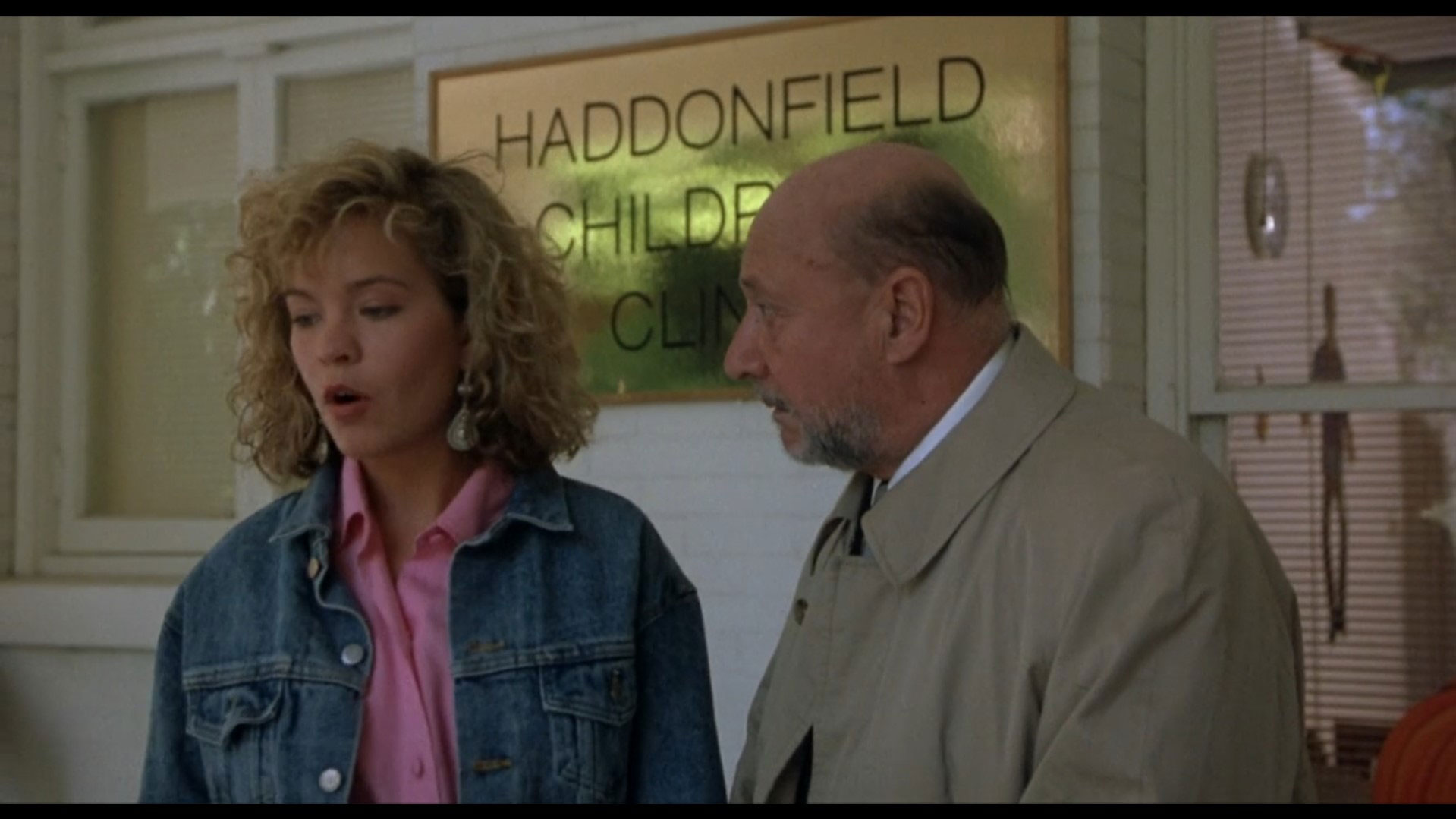
Horror Movies
Horror movies are designed to scare, unsettle, or disturb audiences by tapping into primal fears—fear of death, the unknown, the supernatural, or the monstrous. Whether through psychological tension, jump scares, gore, or eerie atmosphere, horror films aim to provoke strong emotional reactions, offering thrills, adrenaline, and often catharsis.
The genre is incredibly diverse. Classic horror films like Psycho (1960) and The Shining (1980) focus on psychological terror and human instability. Others, like Halloween (1978) and A Nightmare on Elm Street (1984), established the slasher subgenre, where masked killers stalk their victims in escalating acts of violence.
Supernatural horror explores ghosts, demons, and cursed objects. The Exorcist, The Conjuring, and Hereditary use religious themes, haunted houses, and family trauma to terrify audiences. In contrast, monster horror showcases creatures like vampires (Let the Right One In), zombies (28 Days Later), or aliens (Alien), playing on fears of the unnatural or the unknown.
More experimental or psychological horror films—like Midsommar, The Babadook, or Rosemary’s Baby—blur the line between internal and external threats. These stories often explore grief, isolation, or mental illness while maintaining a chilling atmosphere.
Horror is also a social mirror. Films like Get Out and Us use horror to critique racism and classism, while The Witch and It Follows reflect cultural anxieties and moral fears.
Despite often being dismissed in the past, horror has grown into a respected and creative genre that can be both terrifying and thought-provoking. Whether grounded in blood, suspense, or symbolism, horror movies invite us to confront our darkest fears—safely, from the edge of a seat. They remind us that fear is universal, and when told well, a scary story can be just as powerful and meaningful as any drama or romance.

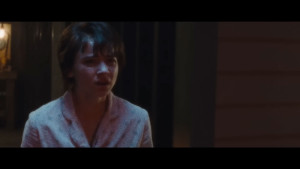
Black Phone 2
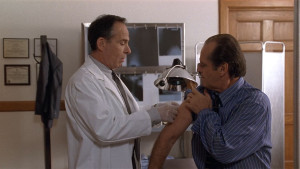
Wolf
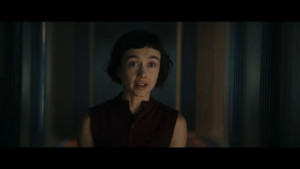
Alien: Earth

The Strangers: Chapter 2
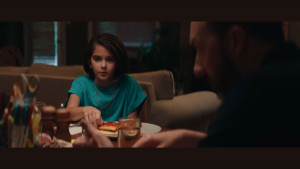
Sketch
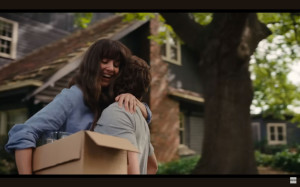
Together

The Conjuring: Last Rites

Weapons

I Know What You Did Last Summer (2025)

Bring Her Back
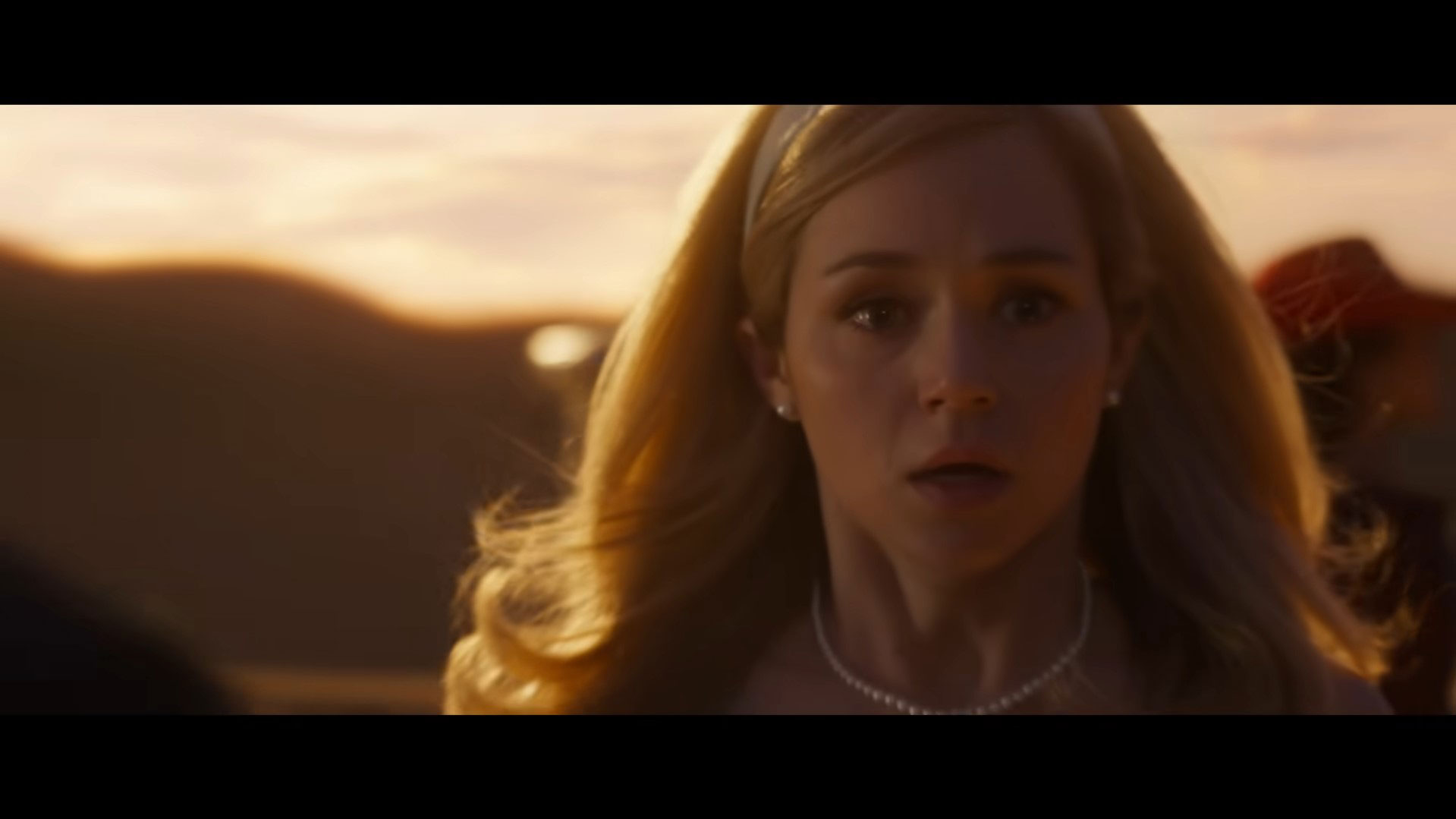
Final Destination: Bloodlines
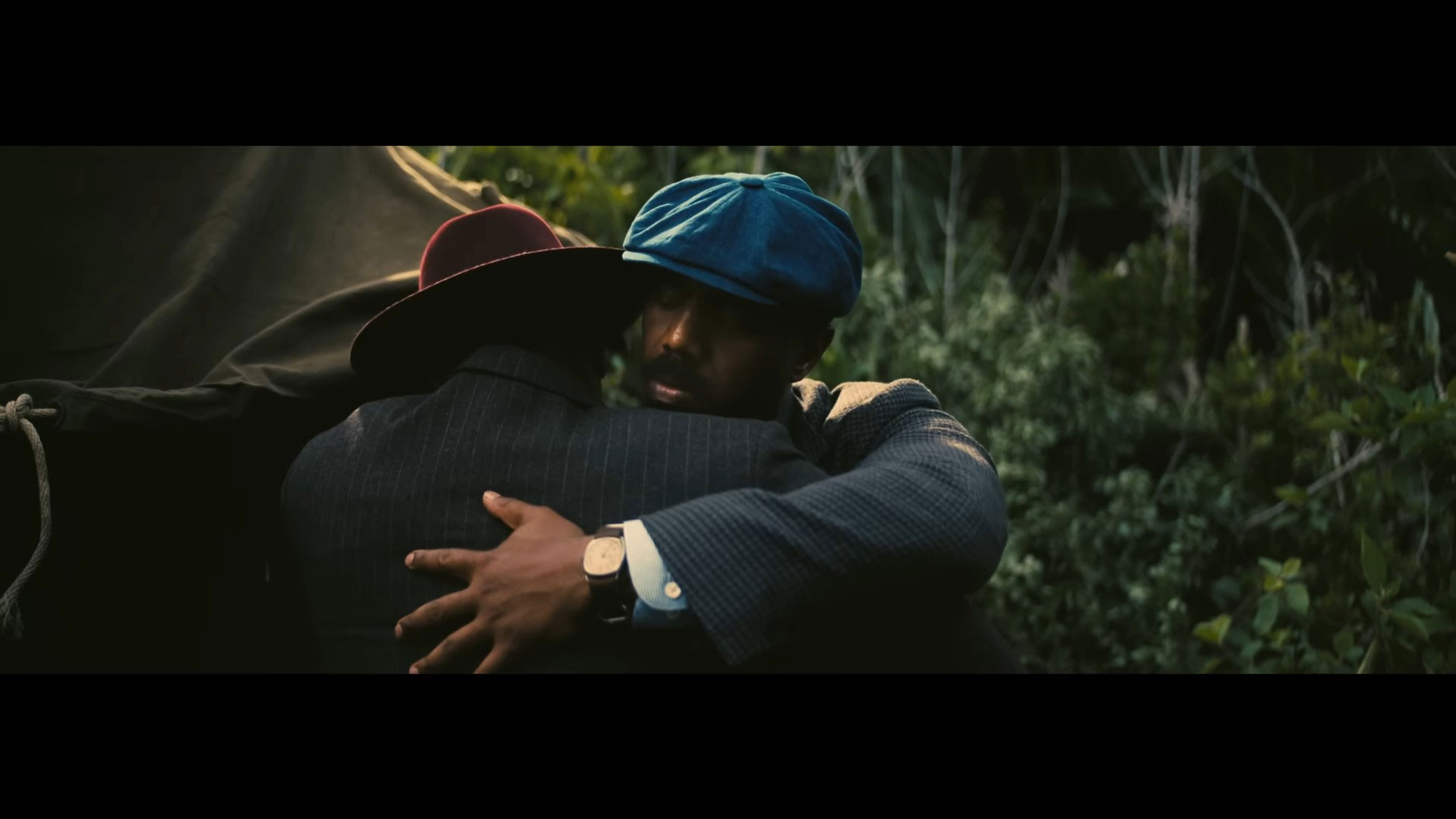
Sinners
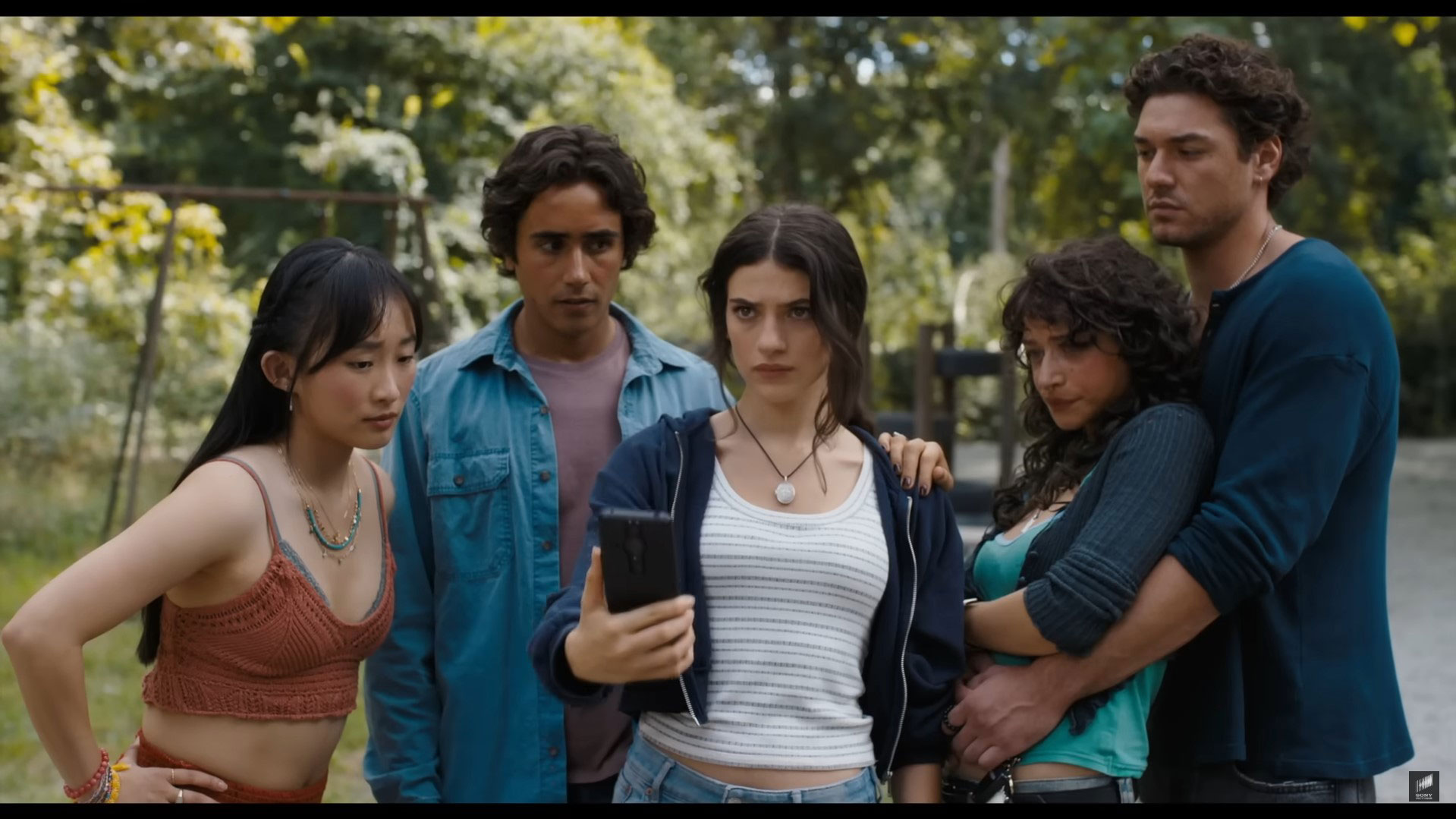
Until Dawn (2025 film)
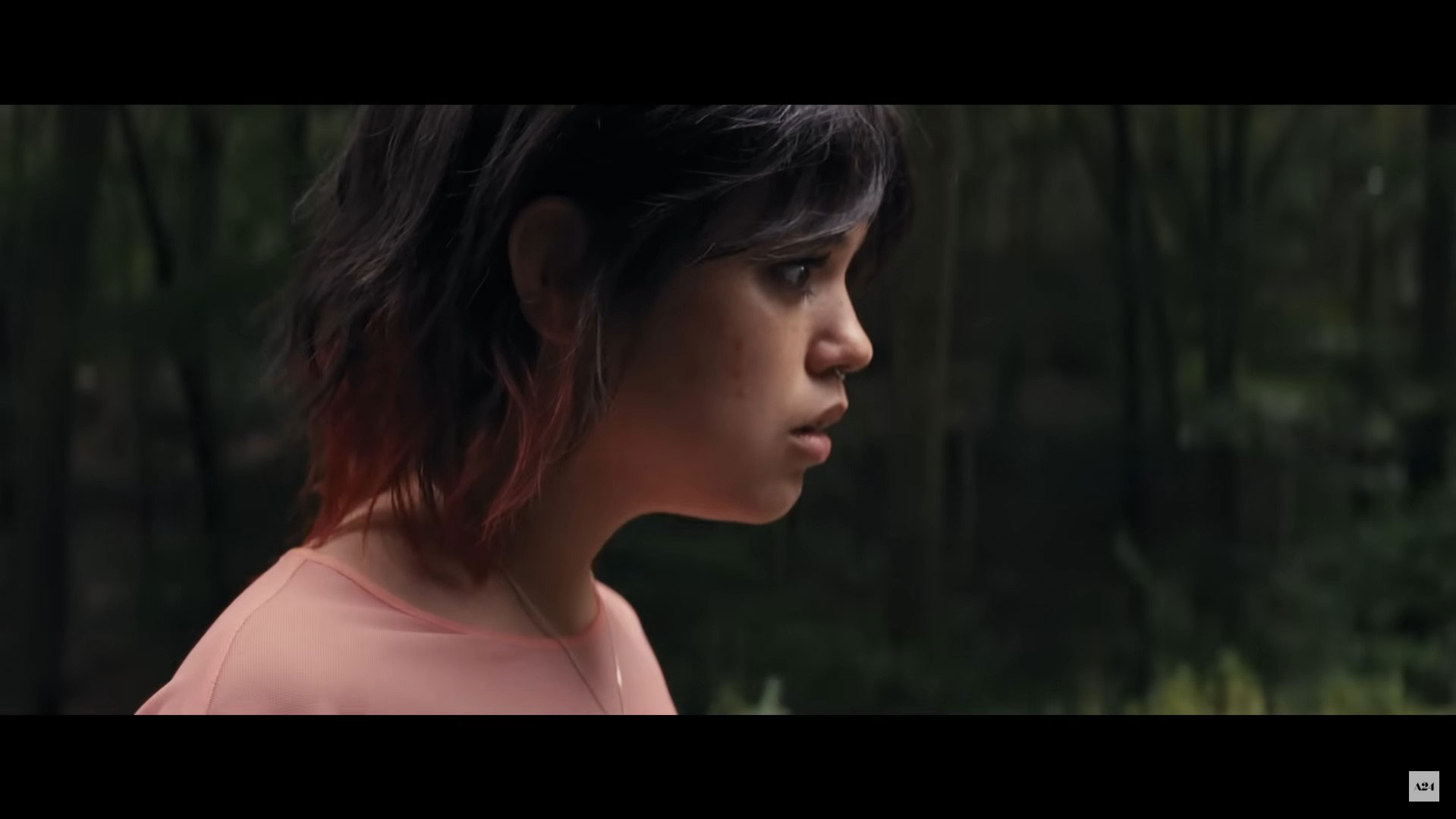
Death of a Unicorn
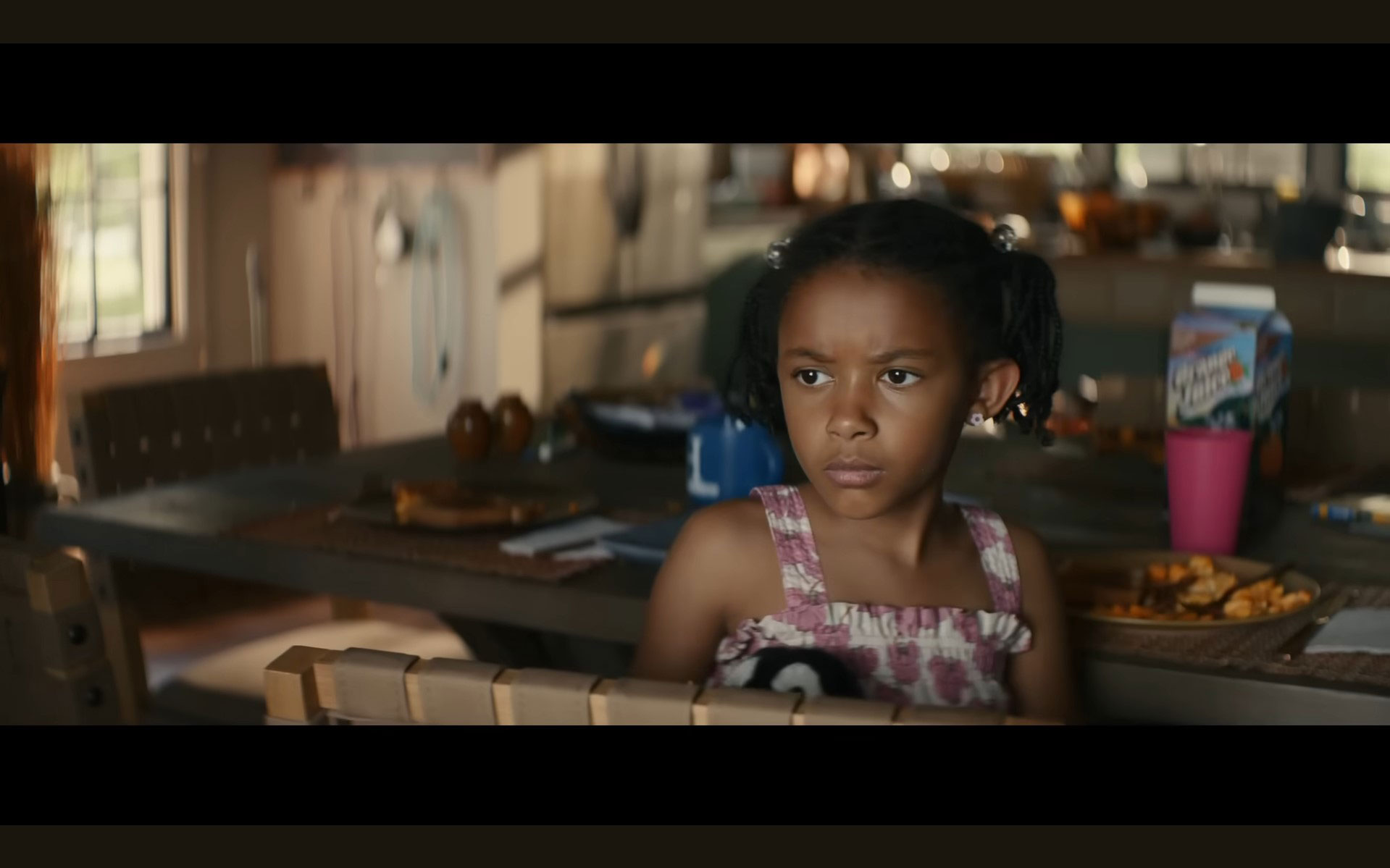
The Woman in the Yard
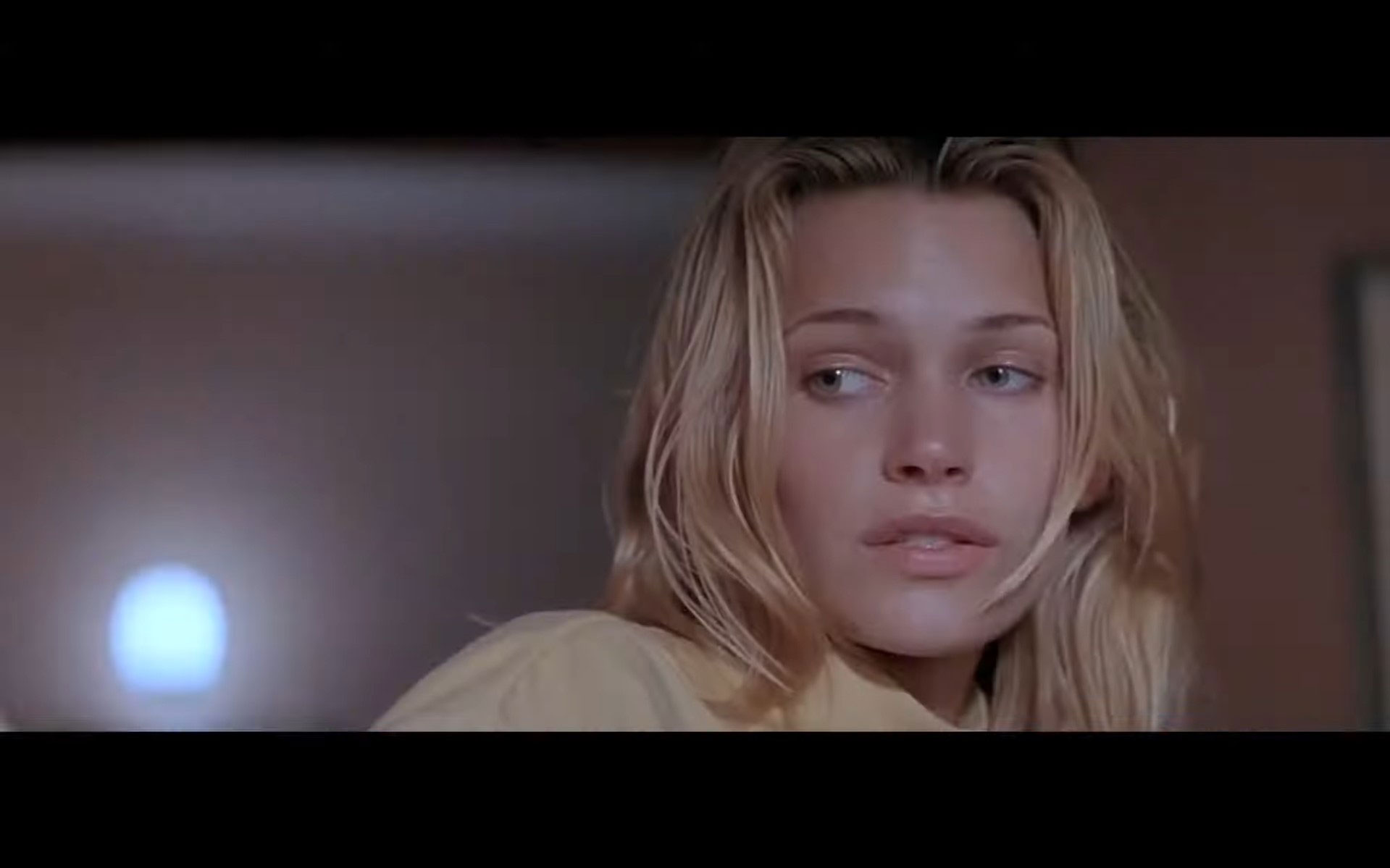
Species
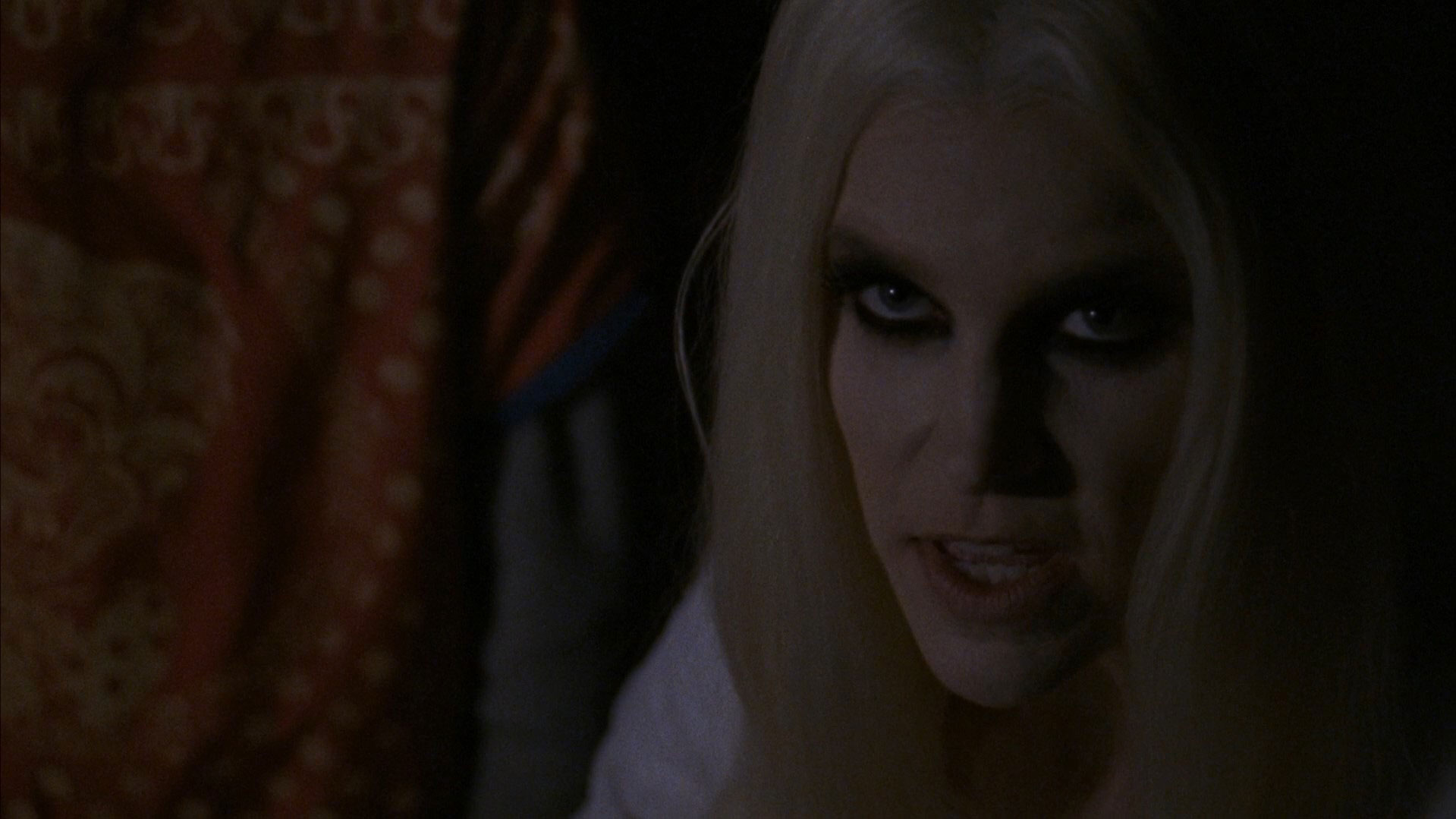
Halloween II (2009)
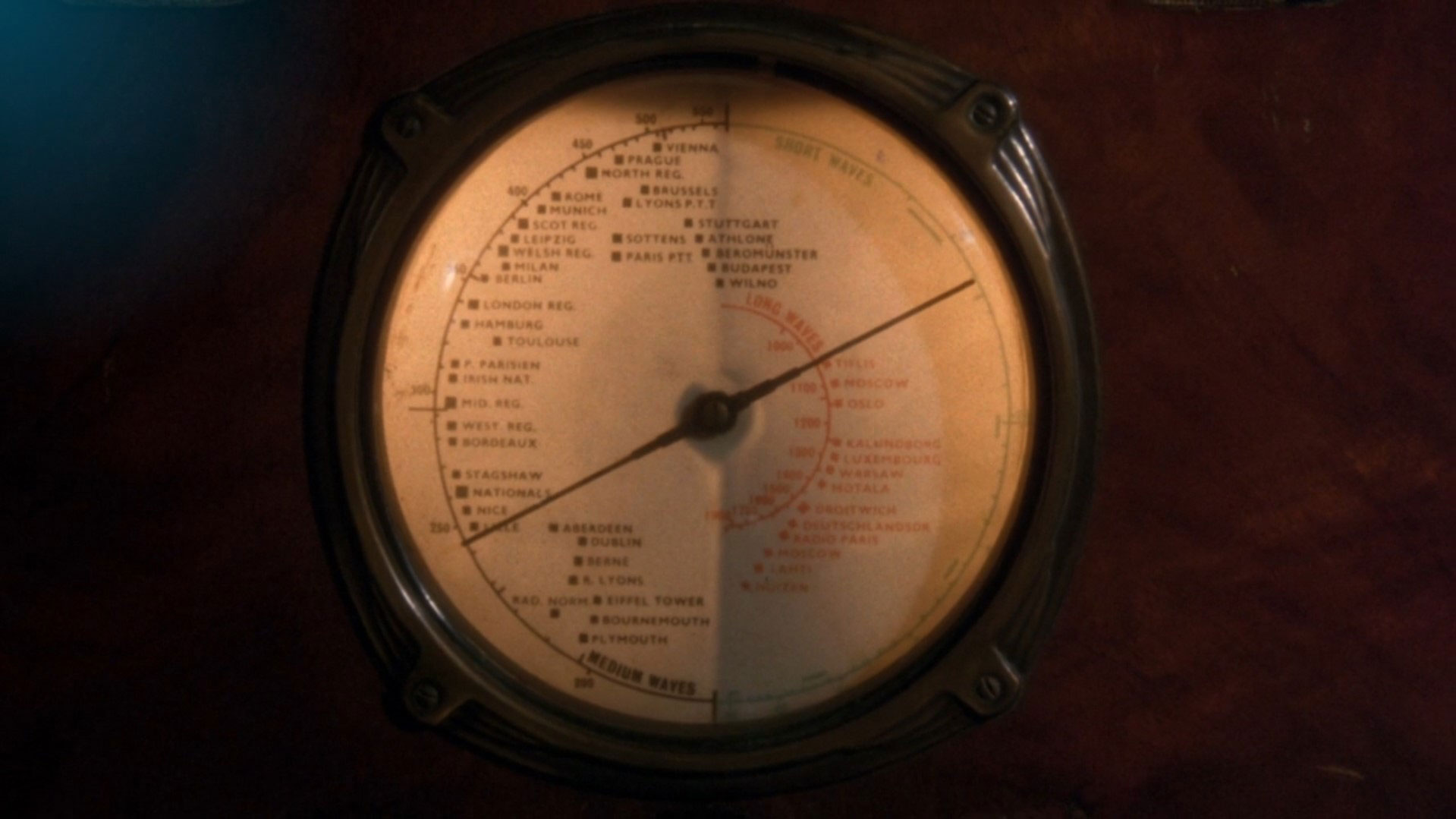
Hellraiser (1987)
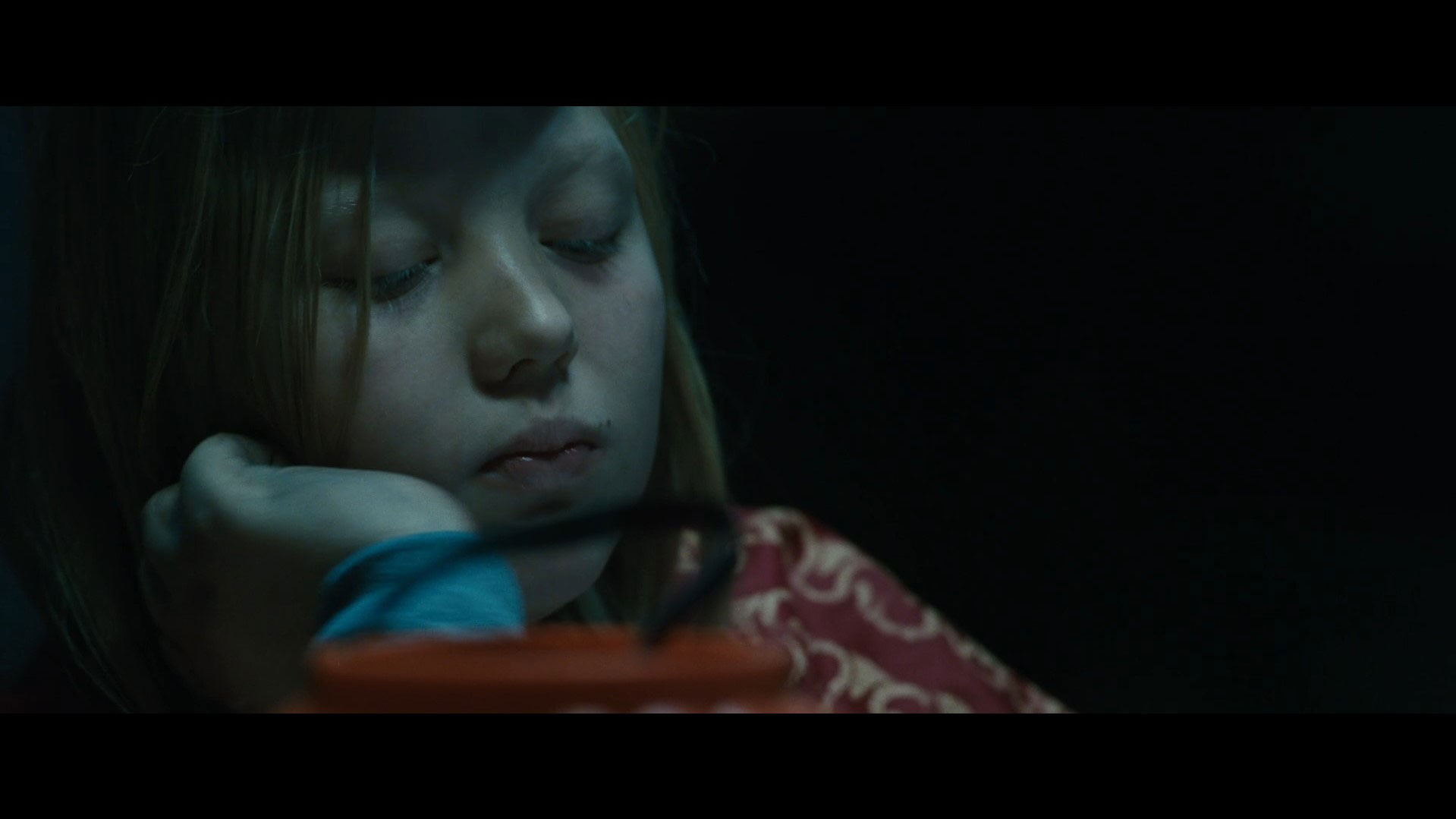
Halloween (2007)
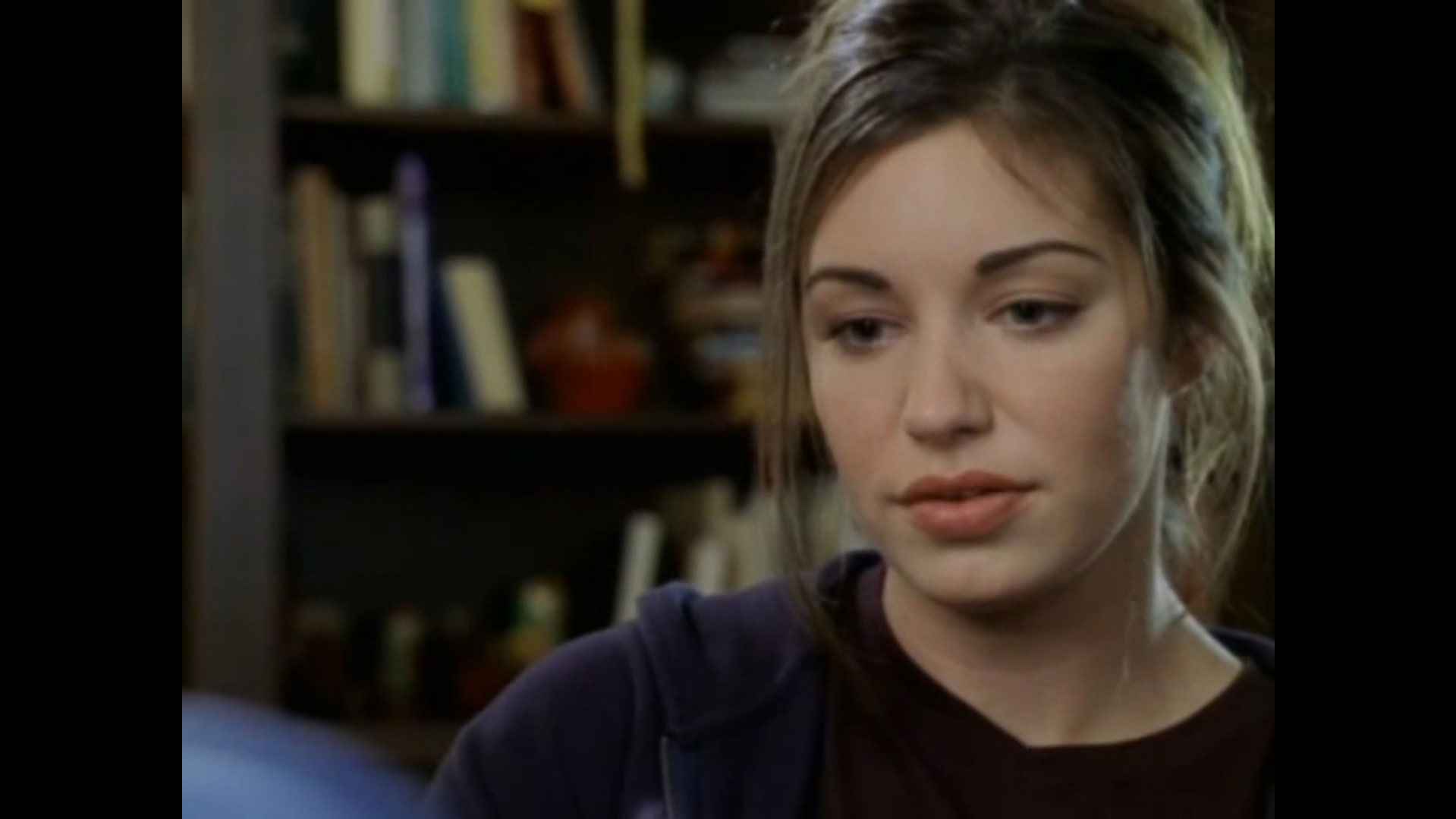
Halloween: Resurrection
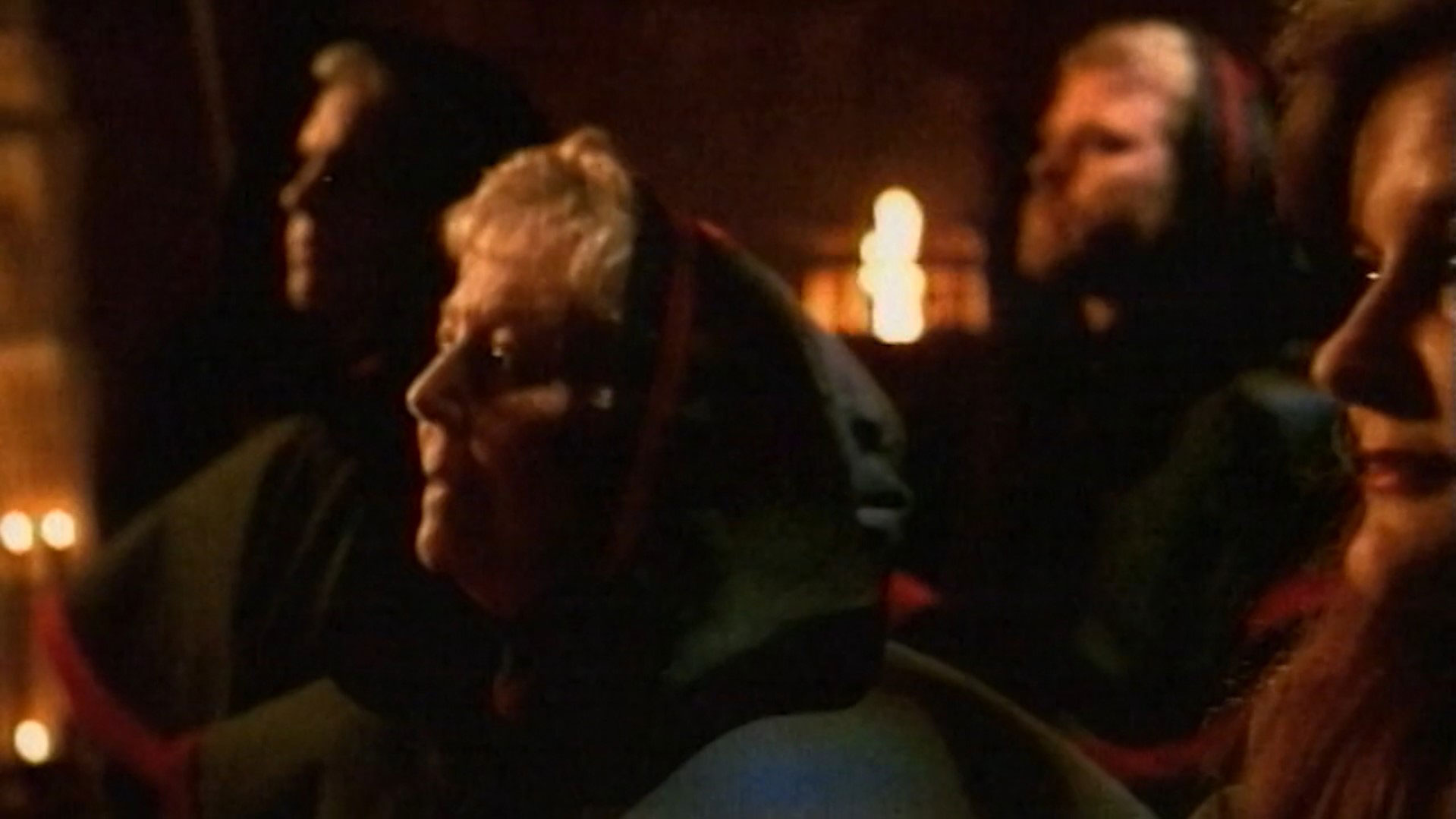
Halloween: The Curse of Michael Myers
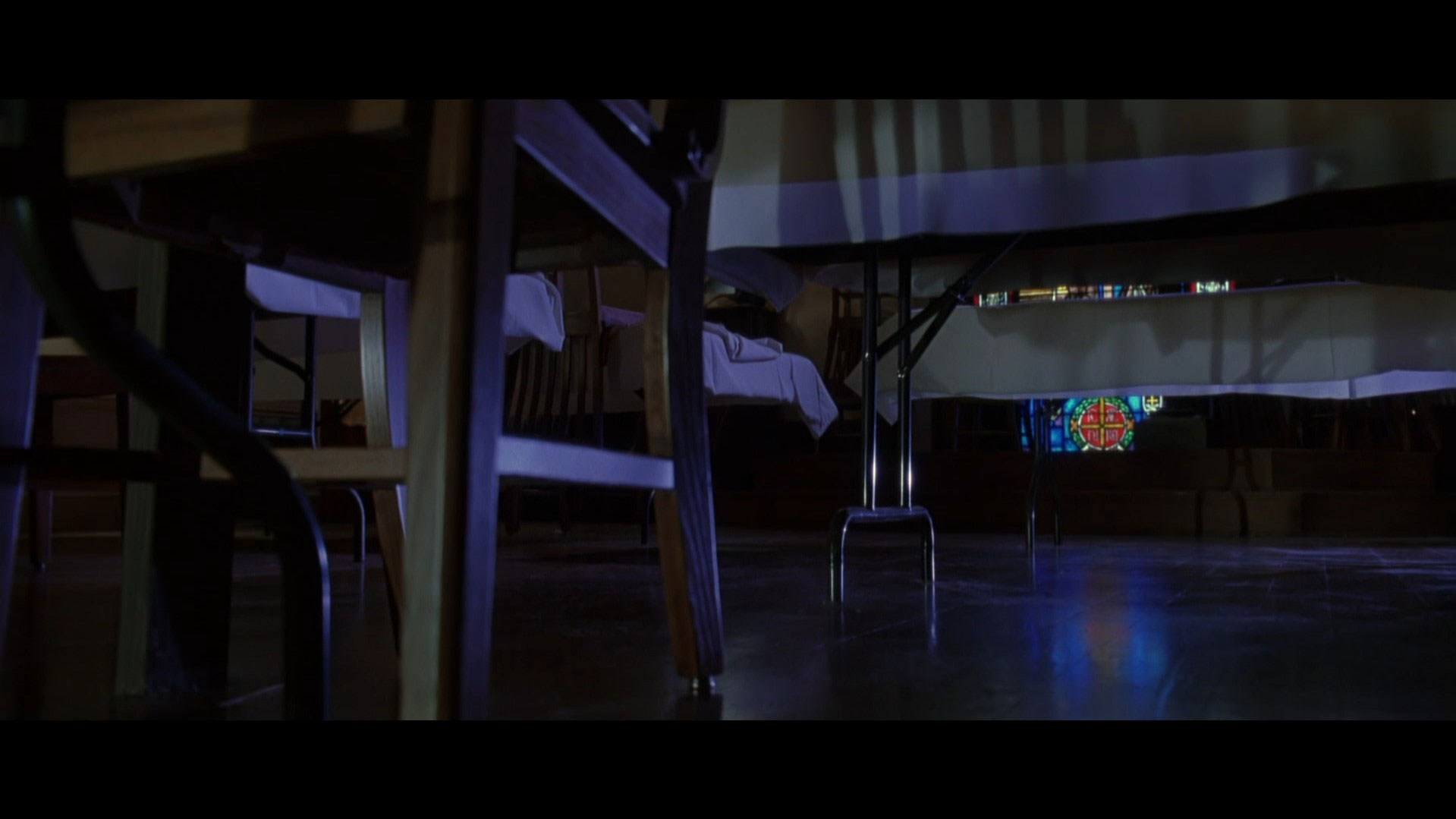
Halloween H20: 20 Years Later
